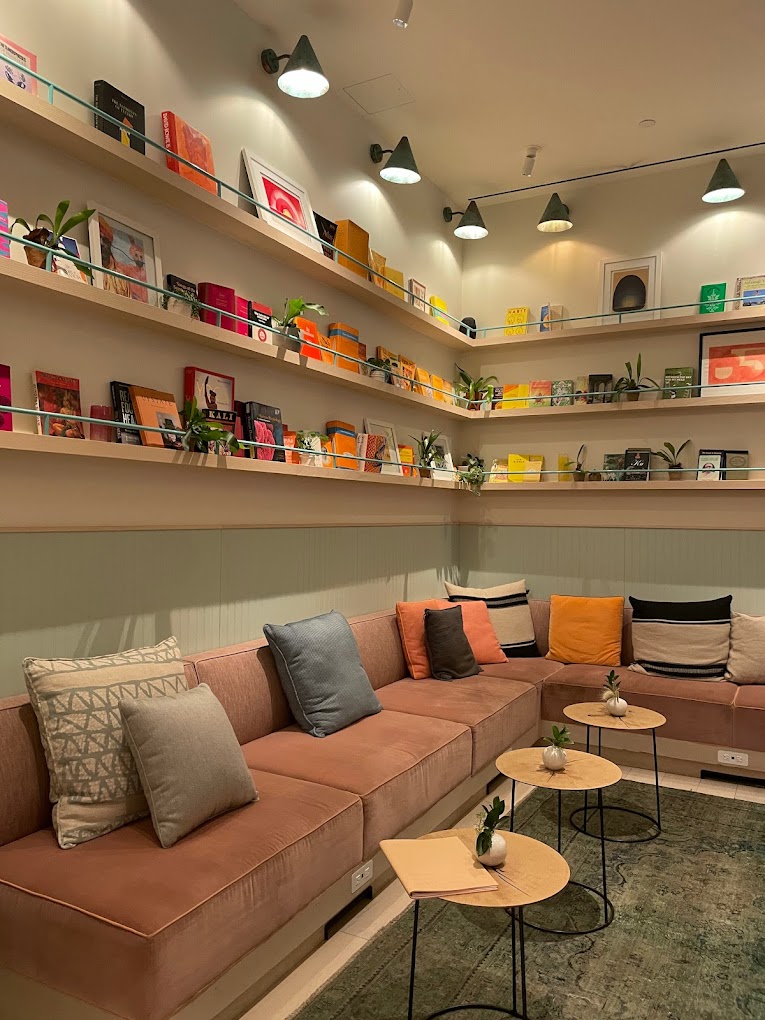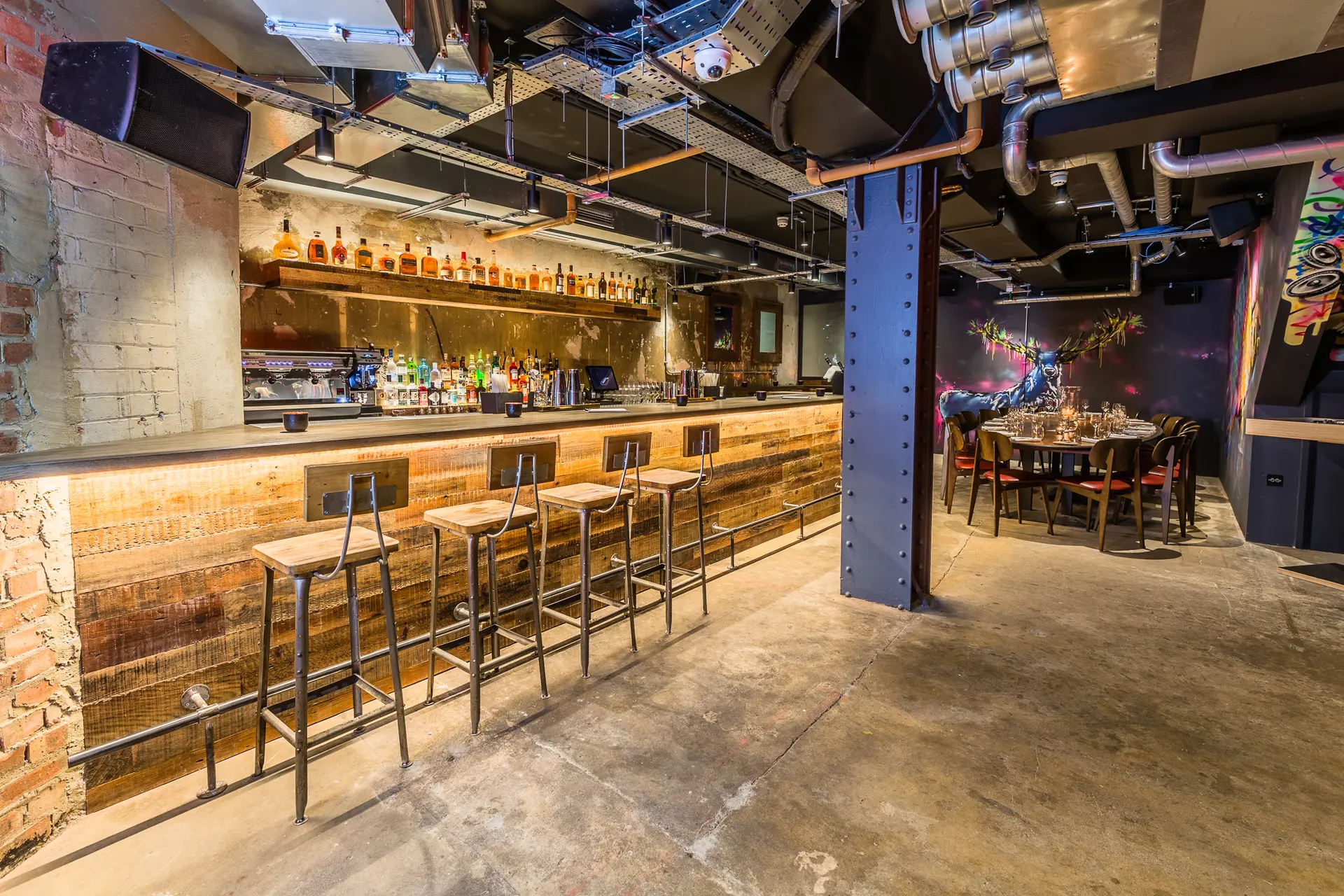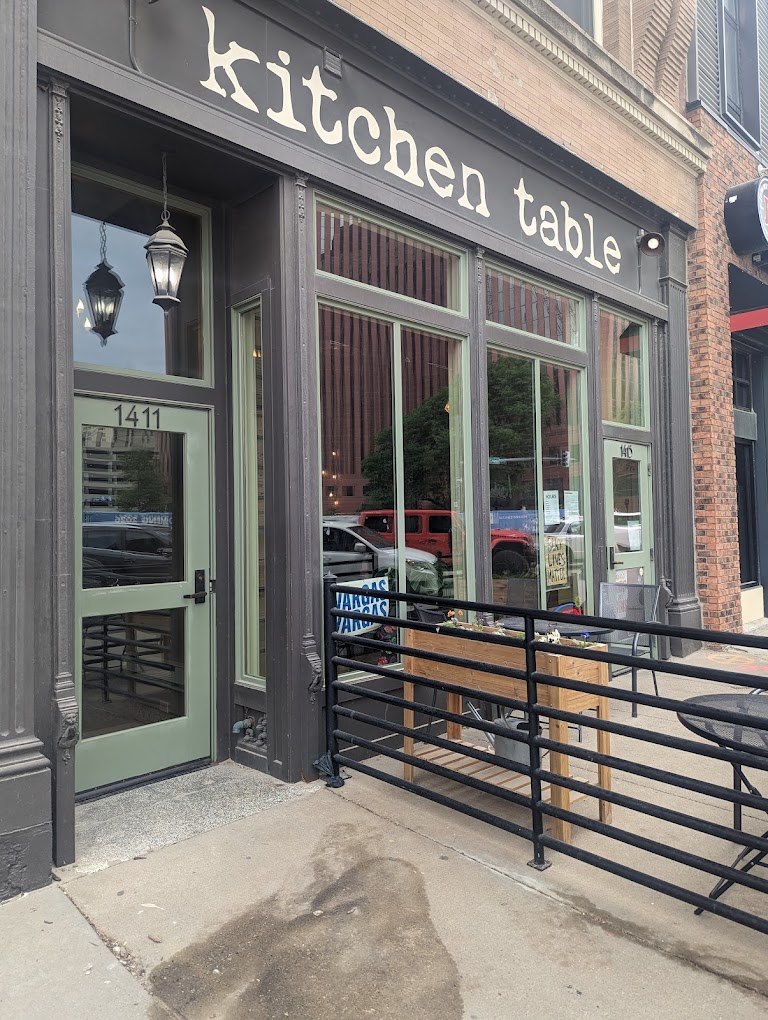When shopping for a new dining table, most buyers experience some degree of sticker shock seeing the price tags, which often range between $500 to over $5000 even for more moderately priced models sold at mainline furniture stores.
Several interconnected factors contribute to the generally high retail price points commanded by quality dining tables, even mass market ones made using common materials. Understanding what exactly goes into designing, engineering, crafting, and selling premium dining tables at various price segments helps explain why their costs are elevated compared to other generic furniture categories.

Sophisticated Engineering and Design Expertise
Creating a sturdy, structurally sound dining table, whether simple or ornate in style, requires thoughtful engineering of the legs, joints, tabletop support structures, and overall construction to ensure it can reliably bear the weight and duress of daily use for years without loose joints, creaking, or wobbling.
Knowledgeable designers and engineers price the value of their expertise and time spent crafting optimized table plans into the end cost. Unique custom table shapes or mechanisms require even more intensive R&D.
Significant Expenses for Quality Raw Materials
The quality of woods, metals, stone, glass, and other raw materials used in manufacturing dining tables themselves represent significant wholesale expenses incurred before any actual craftsmanship process begins. Rare and exotic woods used particularly for luxury dining tables further drive up base costs.
High-end tables may use spectacular slabs of marble, glass, or granite as tabletop materials that involve special extraction and transportation expenses. Superior materials mean higher starting costs.
Labor-Intensive Skilled Craftsmanship Involved
It requires highly skilled craftspeople investing significant man-hours into precisely shaping, joining, and finishing the various wood pieces, inlaid accents, marquetry details, metal bases, specialized surfaces, and every other custom element that goes into a dining table, especially higher end models with ornate detailing.
Their rare specialized skills, intensive focus, and labor investment deserves fair compensation that factors into pricing. Tables with hand-carved elements or meticulous inlays involve exponentially more hands-on labor time, increasing costs.
Low-Volume Batch Production
Unlike mass-produced cookie-cutter furniture churned out in immense batches from large factories, many high quality dining tables are carefully crafted in small workshop batches as few as 10-25 units at a time. Some are even individually custom-made one table at a time. This low production volume means the overall expense incurred gets distributed over far fewer units, raising the per-unit cost.

Limited Discount Sales Pricing
To maintain the perceived value and brand reputation of their designs, quality furniture makers generally avoid marking down prices significantly or making their products regularly available at deep discount pricing on par with big box stores or large online retailers.
Most will offer limited seasonal sales, but usually capped at 10-25% discounts. This allows the sense of enduring value to remain relatively high for the level of materials and craftsmanship the customer is investing in.
Unique and Custom Offerings
For specialty dining tables crafted from exotic imported materials like tropical hardwoods or featuring custom finishes and details to a client’s exact specifications, there are added sourcing, research, customization, transportation, import/export compliance, and insurance costs involved that further increase pricing over straight production models.
One-off custom tables or limited edition runs also mean the costs are distributed over fewer units. Unique creations rightfully command higher pricing.
Significant Retailer Markups
By the time a finished quality dining table reaches a furniture showroom or gallery at retail price levels, the original wholesale cost the manufacturer or craft studio charged has usually increased substantially, sometimes as high as 100-200%, to cover distributor and retailer margins needed to cover their operating costs and profit margins.
You Get What You Pay For
At the end of the day, a thoughtfully well-made luxury dining table, or even a quality mass-produced model using decent materials and skillful assembly, should serve your family beautifully for generations, making the higher initial prices decidedly worthwhile investments in the long run.
Once all the expertise, materials, labor, and costs that go into creating and selling premium dining tables at various price points is understood, it becomes clear why quality commands higher value. For fine dining furniture, you generally get what pay for.










